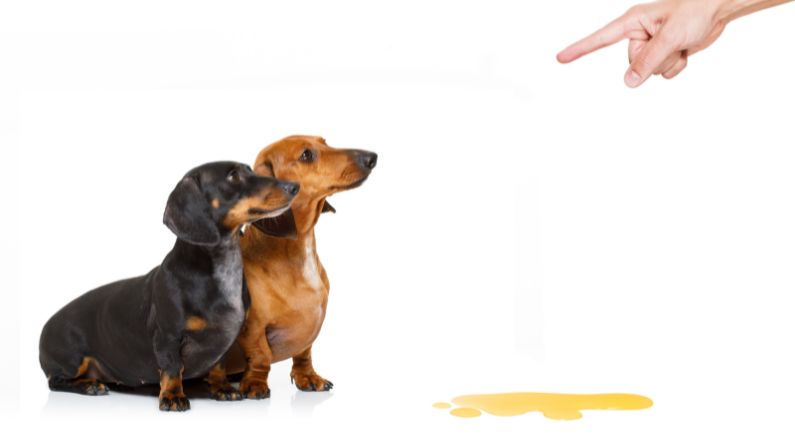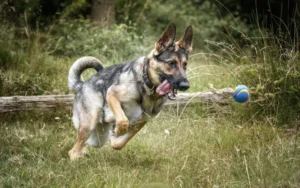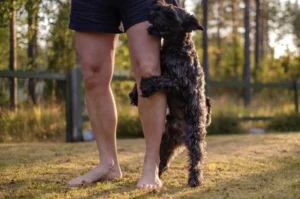Are you struggling with potty training your furry friend? Learn how to potty train a dog effectively with our step-by-step guide. Discover the best age to start, signs that indicate it’s time to go, preparation tips, and much more.
Potty training is a crucial step in raising a well-behaved and happy pup. In this guide, we’ll walk you through the ins and outs of how to potty train a dog successfully.
Importance of Dog Potty Training
Potty training isn’t just about preventing accidents indoors. It’s a fundamental aspect of your dog’s development and your relationship with them. Here’s why it’s crucial:
Maintaining a Clean Home
Building Trust
Preventing Behavioral Issues
A well-trained dog is less likely to develop behavioral problems like anxiety or aggression. This reduces anxiety by providing routines and boundaries, while early socialization during outdoor potty breaks helps dogs become more comfortable with various environments and situations.
Best Age to Start Potty Training a Dog
Timing is key when it comes to potty training. Here’s when you should start:
- Puppies: Begin as early as 8-12 weeks, as they have smaller bladders and need more frequent breaks.
- Adult Dogs: It’s never too late to teach an old dog new tricks, but it might take a bit longer.
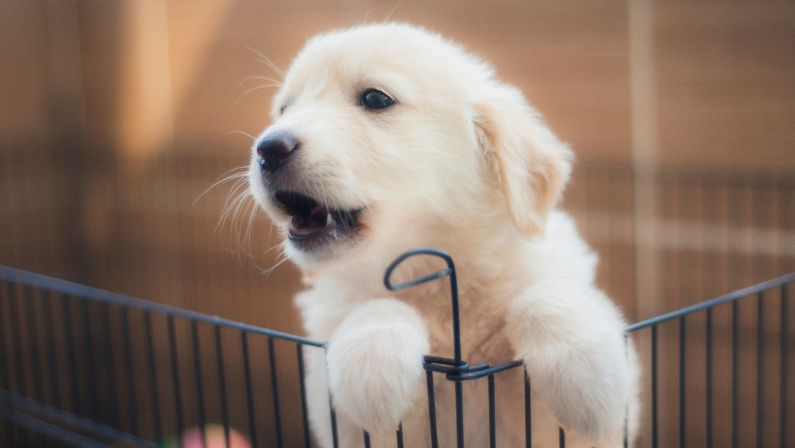
What Are The Signs That a Dog Needs To Go Potty?
Dogs have their own way of communicating when nature calls. Look out for these signs:
- Restlessness and Whining: If your dog suddenly becomes fidgety and vocal, it might be time to go out.
- Sniffing and Circling: Dogs often sniff around and circle a spot before doing their business.
- Scratching at the Door: If your dog is scratching at the door, it’s a clear signal to go outside.
- Sudden Restraint: If your dog stops playing abruptly or seems hesitant, it’s a sign they need to relieve themselves.
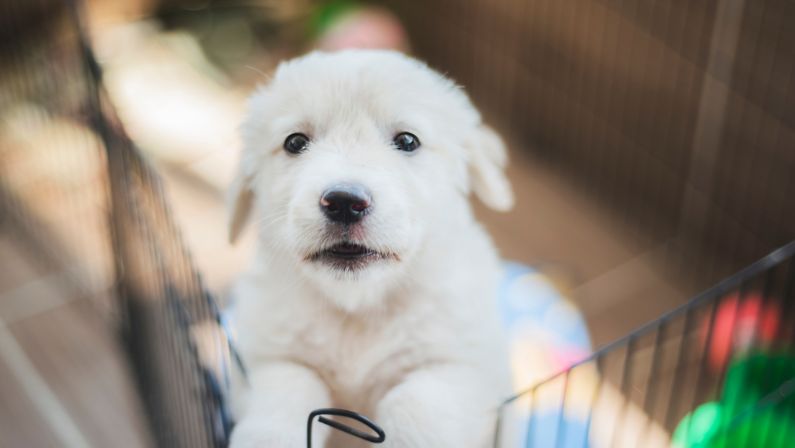
Preparation for Dog Potty Training
Supplies
Designate a Potty Area
Establish a Routine
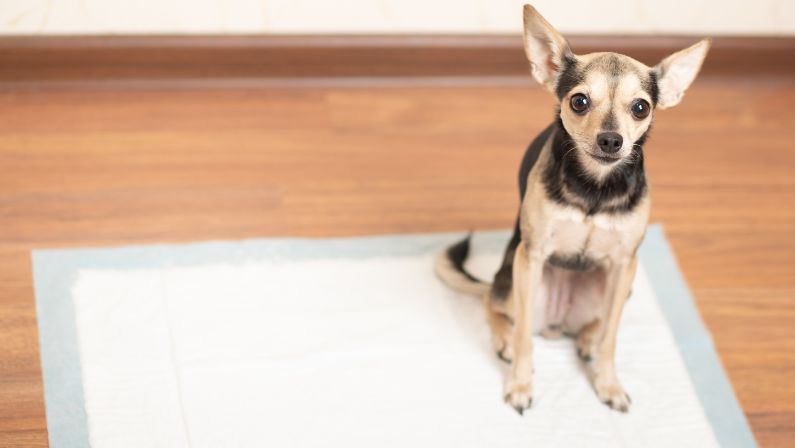
Steps to Potty Train a Dog
1. Choose a Cue
2. Frequent Bathroom Breaks
Frequent Bathroom Breaks
In the initial stages of potty training, take your dog outside every 1-2 hours, particularly after meals, playtime, waking up, or any signs they might need to go. This frequent schedule minimizes the chances of accidents indoors.
3. Leash Training
4. Patience and Praise
Be patient and give lots of praise and treats when your dog does their business outside. This helps your dog associate the desired behavior with rewards, making them more eager to repeat it.
5. Clean Accidents Promptly
If your dog has an accident indoors, clean it thoroughly to remove any lingering scent. Removing all traces of odor is crucial to prevent your dog from returning to the same spot
6. Adjust the Routine
7. Consistency is Key
8. Celebrate Success
Train your dog with K9 Mania Dog Training
Remember that every dog is unique. Some may catch on quickly, while others might need more time and patience. The key is to stay consistent, be positive, and build a strong bond with your furry companion. Soon, you’ll both enjoy a potty-trained and well-behaved dog!
Ready to take the next step in your dog’s training journey? Contact us at K9 Mania Dog Training to explore our expert dog training services. We’re here to help you and your furry friend thrive!

